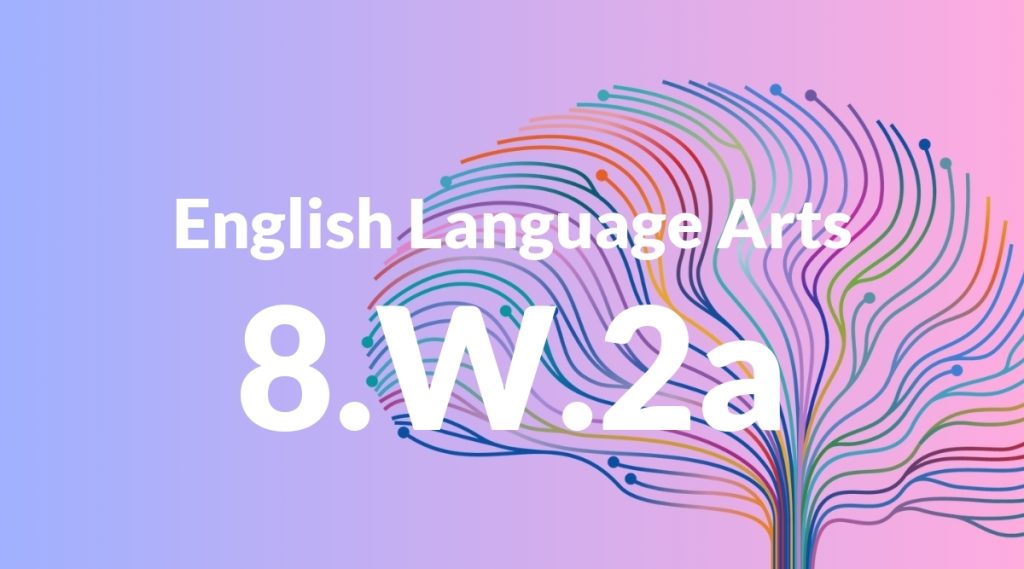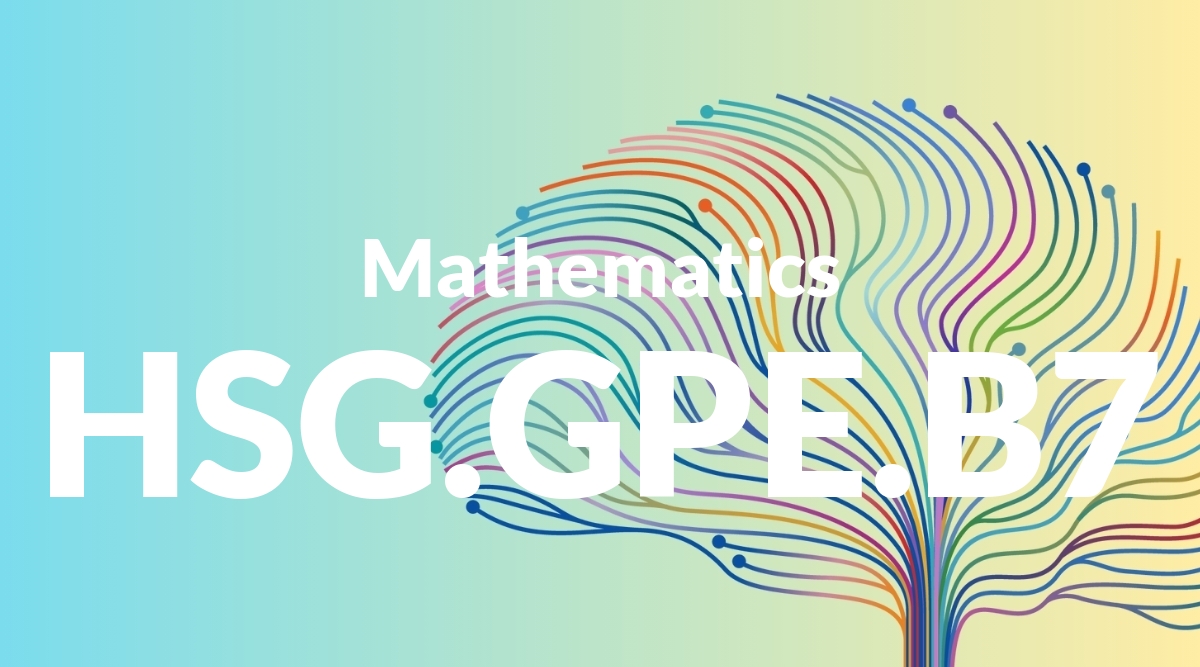Standard: 8.W.2a – Introduce a topic clearly, previewing what is to follow; organize ideas, concepts, and information into broader categories; include formatting (e.g., headings), graphics (e.g., charts, tables), and multimedia when useful to aiding comprehension.
Grade level: Grade 8
Subject: English Language Arts
Domain: Writing
Teacher Overview
This standard emphasizes the importance of clear and organized writing. By mastering this skill, students will be able to present information in a way that is easy to understand and engaging. This is a critical skill not only for academic success but also for effective communication in everyday life. Students should be comfortable with basic writing conventions, including paragraph structure, topic sentences, and supporting details. They should also know how to use basic formatting tools in word processing software.
By mastering this standard, students will be able to write more complex and detailed texts. They will also develop critical thinking and organizational skills that will be valuable in both academic and real-world contexts.
Common Misconception 1
Some students may think that a clear introduction means providing all the details right away. This is incorrect because it can overwhelm the reader and make the text harder to follow. A good introduction should be concise and give a preview of what is to come.
Intervention 1
Use graphic organizers to help students plan their introductions. Teach them to identify the main points they will cover and to introduce these points without going into too much detail.
Common Misconception 2
Another common misconception is that graphics and multimedia are optional. In reality, these tools can greatly enhance comprehension by providing visual aids that support the text. Ignoring them can make the information harder to understand.
Intervention 2
Provide examples of well-organized texts that use graphics and multimedia effectively. Encourage students to think about how these elements can support their writing and to use them purposefully.
Prerequisite Knowledge
Students should have a basic understanding of paragraph structure, topic sentences, and supporting details. They should also be familiar with basic formatting tools in word processing software.
Subsequent Knowledge
After mastering this standard, students will be able to write more complex and detailed essays, reports, and presentations. They will also develop skills in critical thinking and analysis as they learn to categorize and organize information effectively.
Instructional Activities
- Create an outline for a research paper
- Design a brochure on a given topic using headings and subheadings
- Develop a multimedia presentation that includes charts and tables




